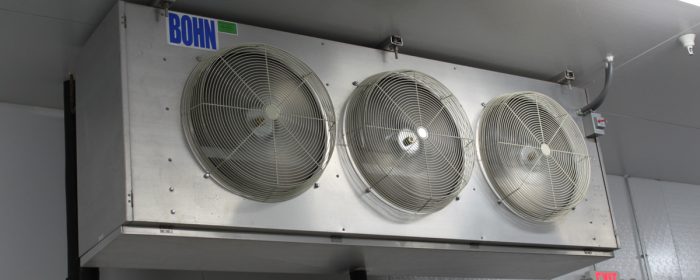Get Tech Tips
Subscribe to free tech tips.
High Capacity Amperage Measurement

We had a situation a few months back where we needed to monitor amperage on a grocery store panel over a period of time. The trouble was that we needed data-logging capability AND accurate measurement at 600+ amps.
Finding an all-in-one solution proved to be quite expensive. Luckily, my friend Jim Bergmann happens to own an instrument company (Redfish Instruments), and he had a simple solution.
Use the data-logging capability of the Redfish multimeter with a Fluke I800 amperage to mA (milliamp) clamp to get the job done.

You can use this particular clamp with any good-quality meter that reads in the milliamp range (not to be confused with μA, which is microamps, often used for testing flame rectification).
For this clamp, you connect the meter leads to the correct jacks and select the mA scale, as shown below. In this particular case, 1mA = 1A, so the image below is showing a 320-amp measurement.

There are other accessory clamps that use the mV (Millivolt) scale rather than mA, like the Redfish IDVM333 shown below.

With this clamp, the output scale can be adjusted with the selector on the clamp to either 10mV AC or 1mV AC.

Again, you need to make sure the leads are in the right spots based on the type of clamp reading and set it to the right scale. However, once you understand how to do it, it's surprisingly simple, and you can use a wide variety of clamps and meters.
—Bryan










Comments
To leave a comment, you need to log in.
Log In